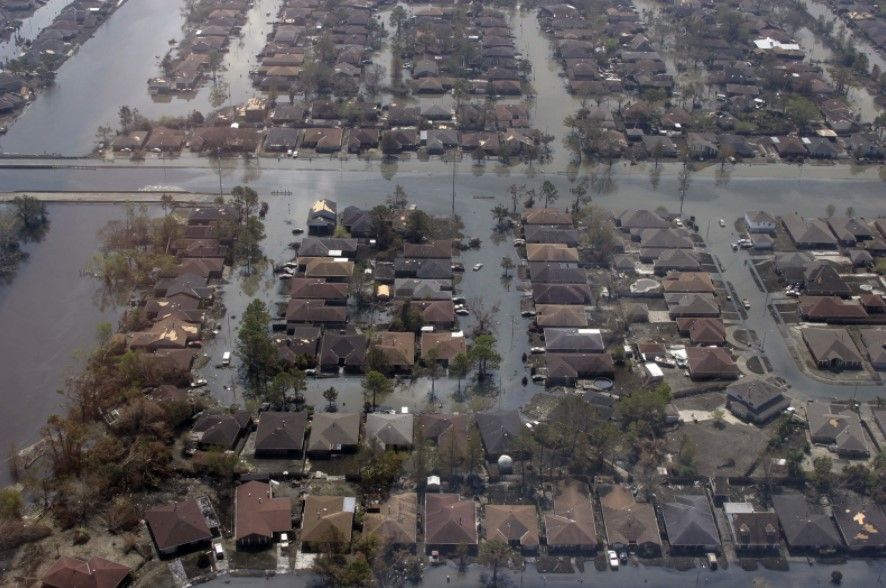What Rising Insurance Costs Mean for Home Values
In recent years, homeowners across the U.S. have been facing a growing concern: rising insurance premiums.

In September of 2021, Hurricane Ida struck the Gulf Coast in normal hurricane fashion, inflicting wind damage, causing power outages and dumping a lot of water. Yet the flooding was not confined to Louisiana and Mississippi. In fact, the storm's high-volume precipitation extended all the way to the east coast, including New York, New Jersey and Pennsylvania. After nearly nine inches fell in a single day, homes and buildings were irreparably ravaged; roads and highways were washed out; and several people were killed. Many distressed property owners had no flood insurance because they did not live in a designated flood zone. Now they do.
What Is a Flood Zone?
In the United States, flood zones are areas identified by the Federal Emergency Management Administration (FEMA) as sectors under higher risk for flooding. By law, residents of moderate to low risk of flooding are not required to buy flood insurance -- though they may choose to do so. High risk zones, however, require insurance if the communities participate in the National Flood Insurance Program (NFIP). FEMA bases its classifications on area history, i.e. the frequency and intensity of flooding in the past. So, the more flooding within a given number of years, the higher the risk of a similar occurrence.
How Many Different Flood Zones Are There?
The United States Geological Survey (USGS) defines a flood as "any relatively high streamflow overtopping the natural or artificial banks in any reach of a stream." The probability of this happening directly affects the flood zone designation:
Does Flood Zone Designation Affect Home Value?
A high flood risk area has consequences. Most likely, your mortgage lender will escrow for flood insurance premiums throughout the life of the loan. This premium is over and above homeowners' coverage and can run about $700 dollars annually. Yet this outlay does not stop the property value from diminishing. Some analysts estimate a decrease in home value as much as 7.3 percent. The Appraisal Institute advises "extensive knowledge" for appraisers who choose to evaluate flood-prone properties.
Are There Ways to Boost Value in a Flood Zone?
One of the reasons high-risk flood zone property value declines is the issue of standing water. This inflicts foundational damage like few other causes. Repair costs are very expensive for such devastation. Owners who incorporate venting into their crawl spaces fare better with value because vents allow water to recede as well as flow. Elevating the first floor above base flood elevation -- no little expense in itself -- can nonetheless offset the harm to a home valuation while reducing flood insurance premiums by about 30 percent. Improvements like these enhance market value and can save money in the long run.
Can a Flood Zone Designation Change?
Designations can change -- and they often do. The culprit is nature. As banks erode and build up -- or sea walls and dunes get overwhelmed -- what may once have been low risk becomes high risk. In fact, FEMA updates its floodplain maps at least twice a month.